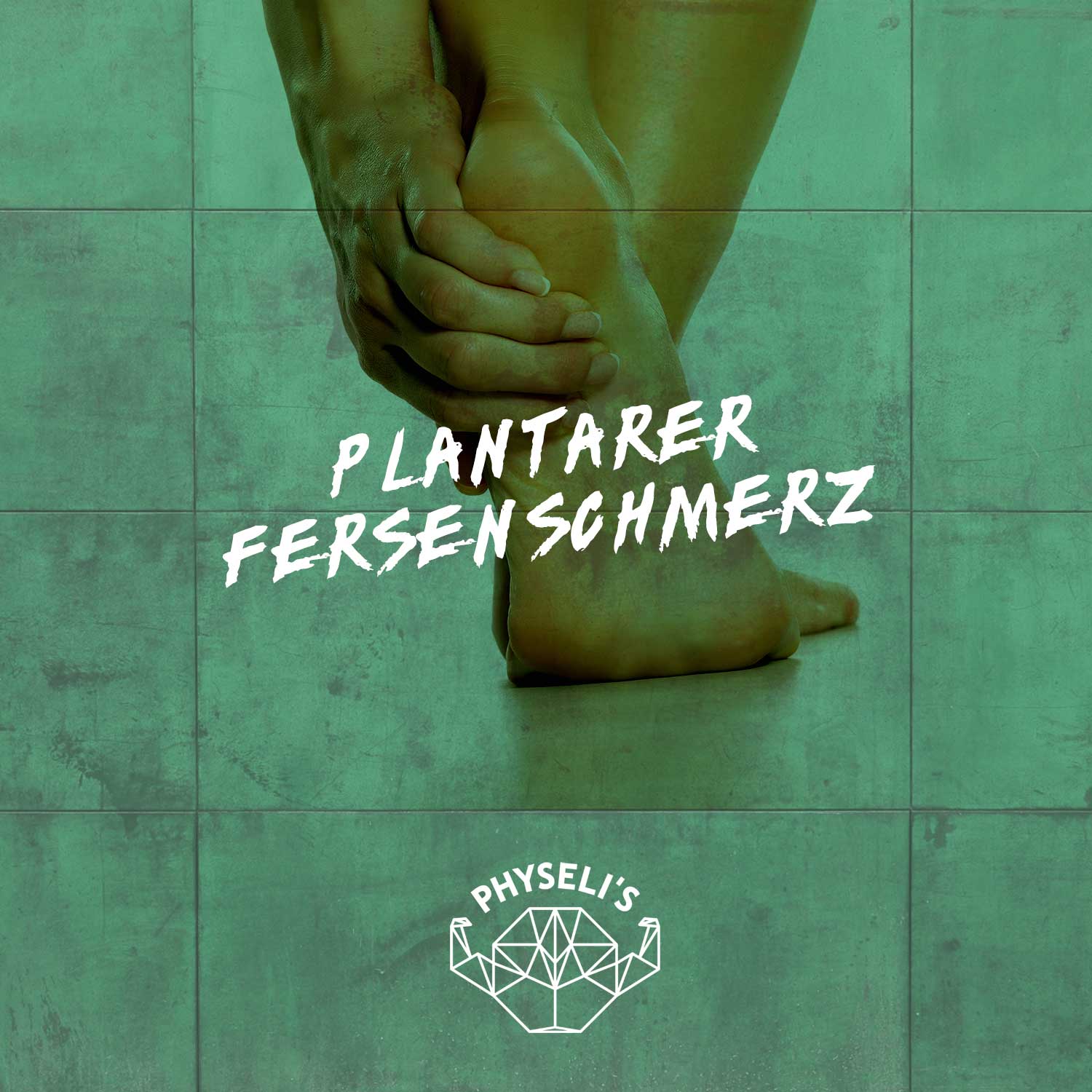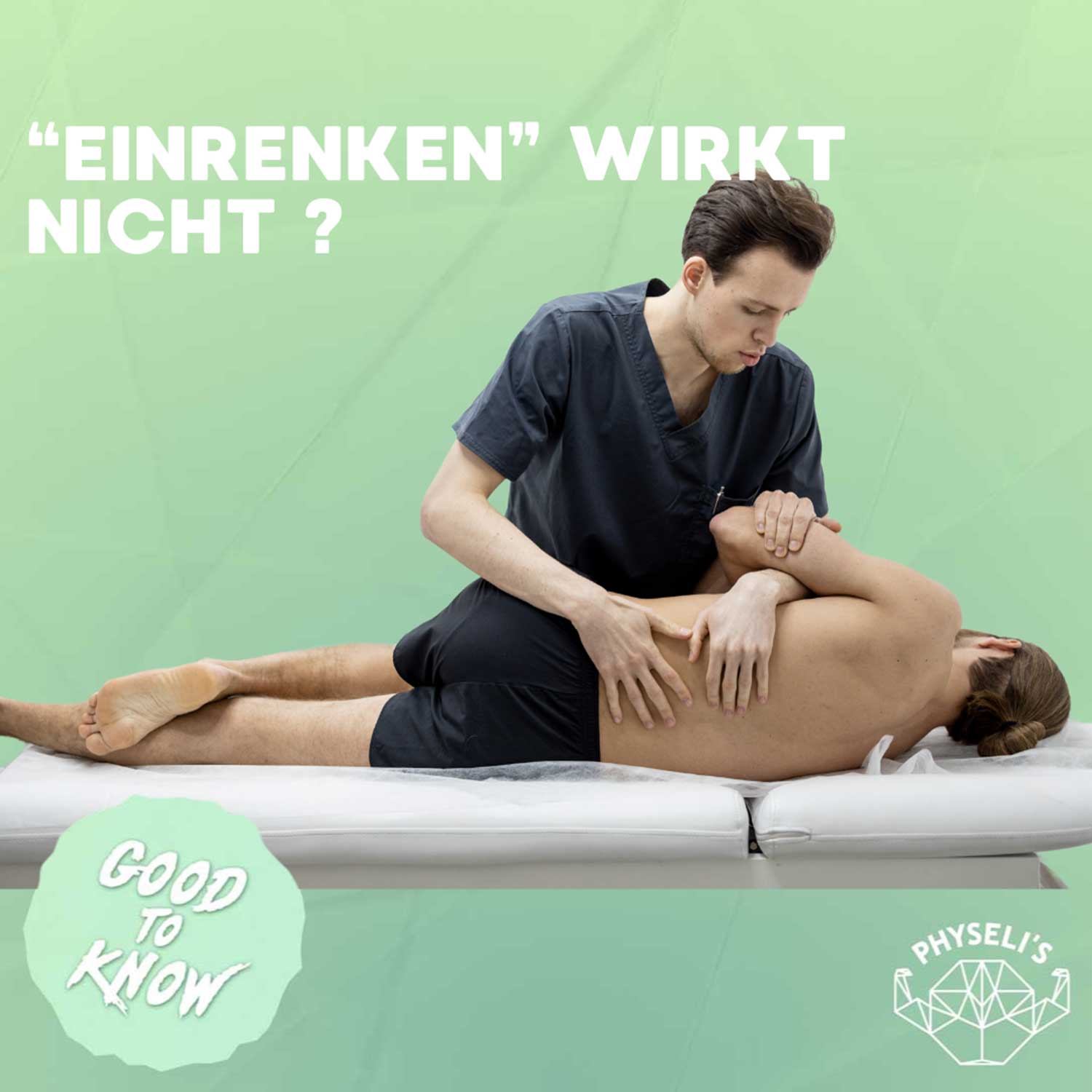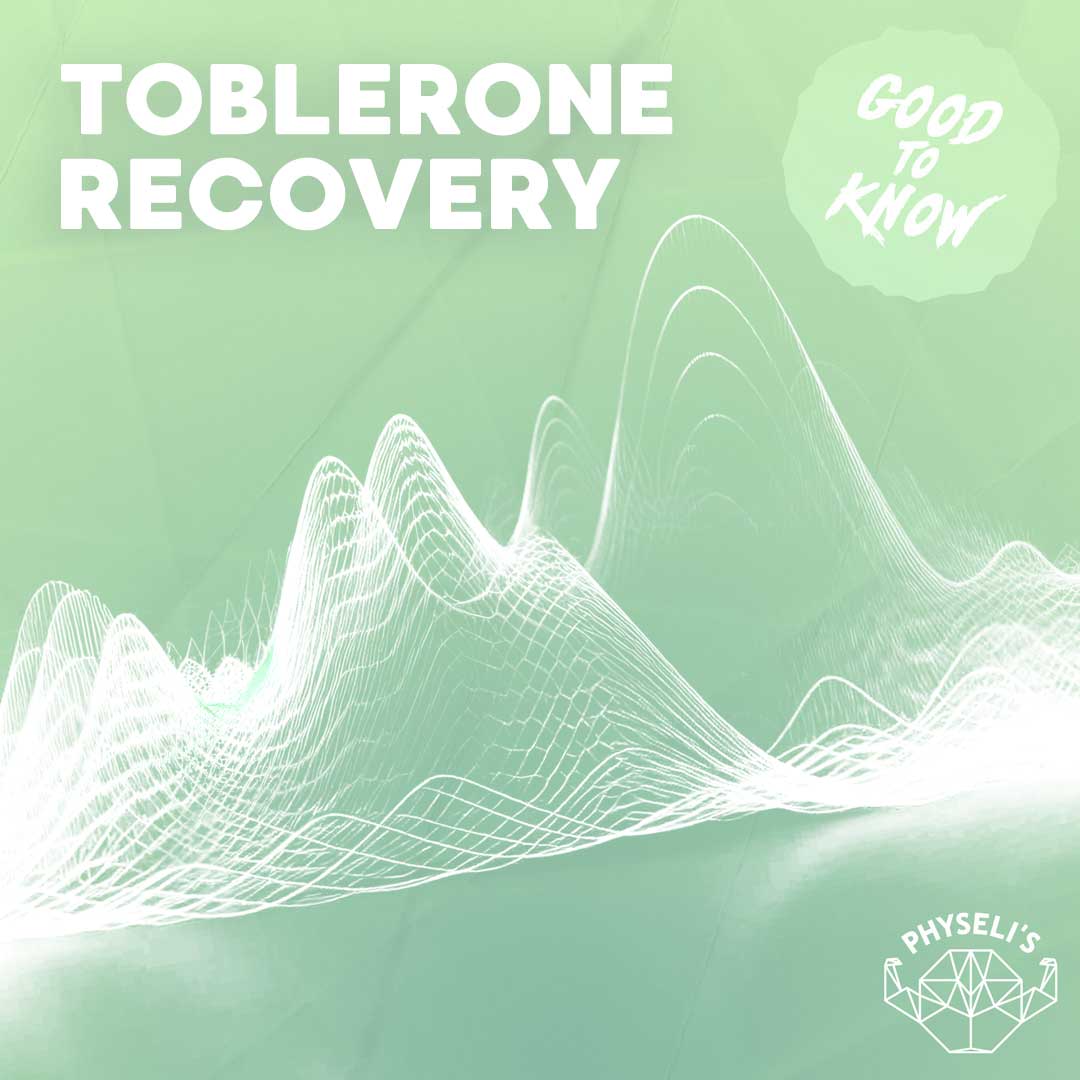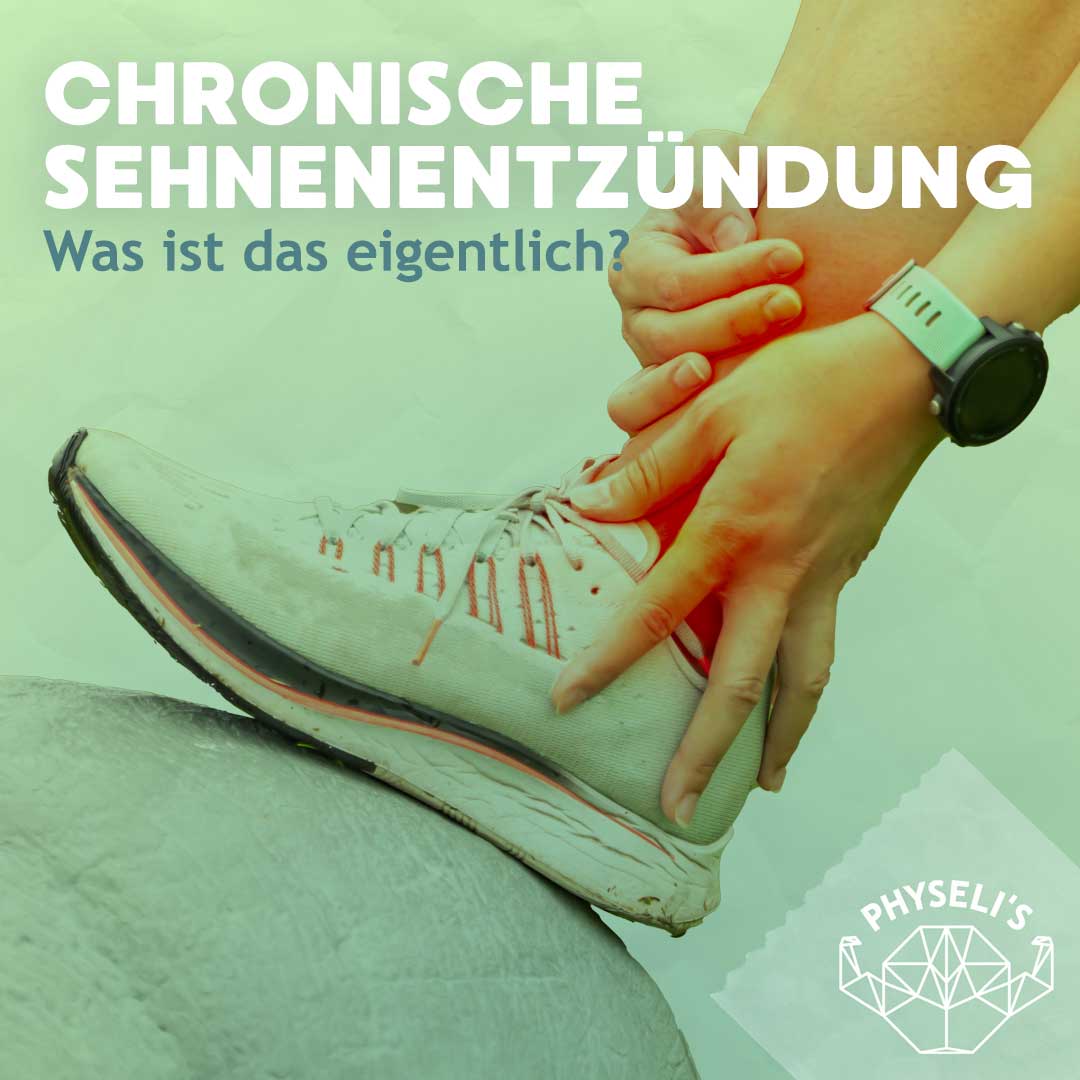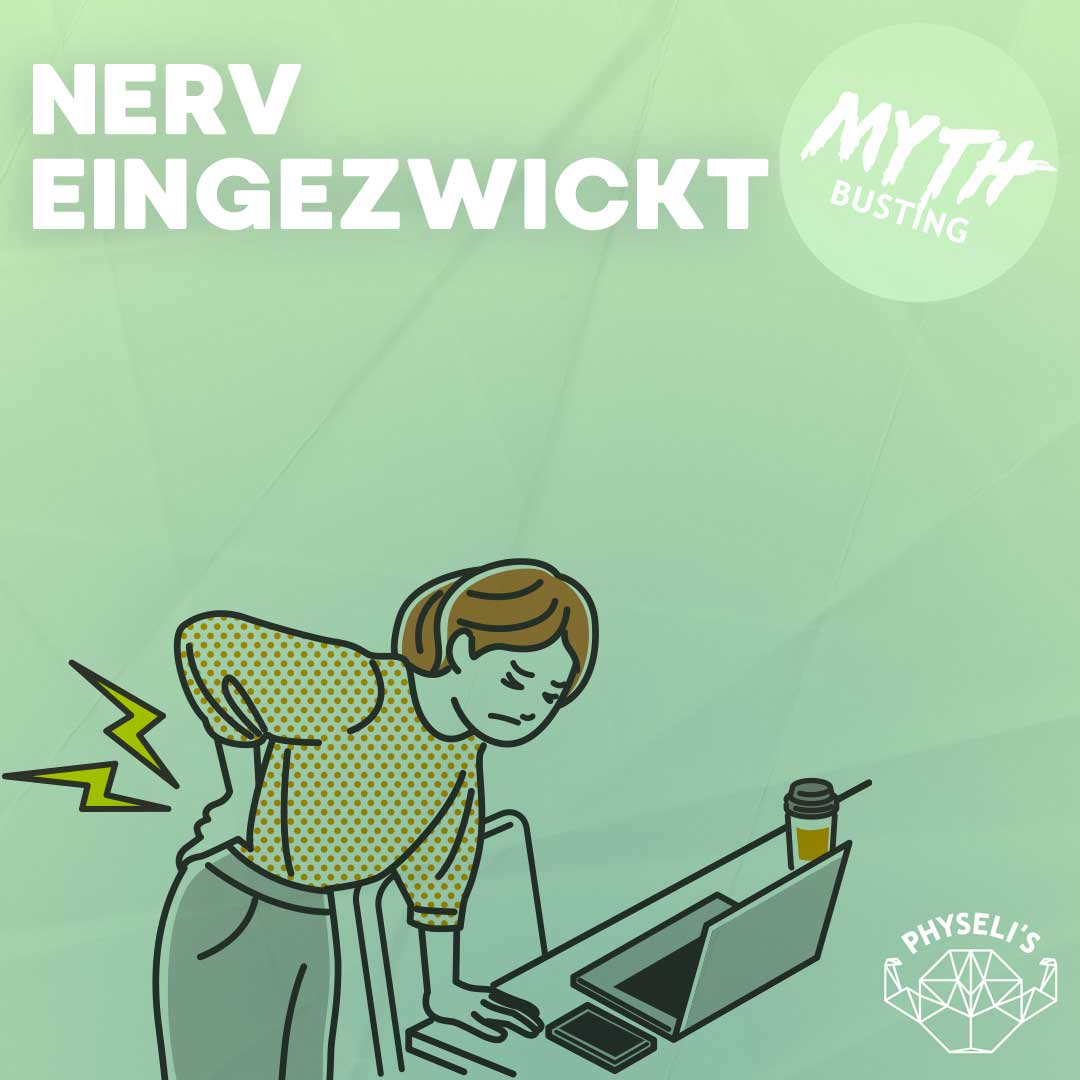Plantar heel pain
Unbelievable how many people are affected by Plantar Heel Pain. 1 in 10 people will experience it once in their lifetime. It’s pretty common, actually… but should we be afraid? No, if a few things are taken into account.
But first, what’s actually going on in the plantar/heel area?
Our plantar fascia is basically made of type 1 collagen in a very similar way to our tendons. Type 1 collagen is a huge fan of tensile loading. However, if the load increases disproportionately without giving the structures time to adapt, overuse symptoms and pain can develop. The tendon is stimulated to synthesize type II collagen. Which can make them even more unstressable for tensile loading. Incidentally, this is also the mechanism behind tendinopathy. More about this in another post ✌🏾.
What helps? Clearly TRAINING – but adapted to the resilience of the structures! Continue to PROMOTE MOBILITY, i.e. MOVABILITY and FUNCTIONALITY! In addition, one can also think of nerve mobilizations especially for the posterior tibial nerve. In the acute phase, one can also think of orthotics such as gel pads as shoe insoles. I also advise competitive athletes, such as runners, to try out gel pads as a transitional measure. For the time being, only in training especially in all long runs where the symptoms are provoked.
A small example from my practice with an orienteer from the national team:
Patient, 26 years old, plantar heel pain since late 2021, symptoms increased especially with increased stress.
The first measures were strength training and mobilization of the ankle, sole of the foot and lower leg – this program should also be carried out in the form of a preventive program until the competition period. Followed by two to three bike endurance sessions instead of the long run running sessions. Towards the competition periods we need to ramp up with the running workload. In other words, the cycling units are increasingly becoming running units. The basic long runs are done with gel pads for the heel, the fast sessions with the competition shoe. So we have found a good method to get through the season well controlled with the, yet persistent pain syndrome.
Plantar heel pain describes a pain syndrome that is not always pain-free with current medicine, but with the right physical therapy, an increase in resilience, maintenance of functionality and mobility is definitely inside. In how many people it actually develops into a persistent (chronic) condition is unclear.
